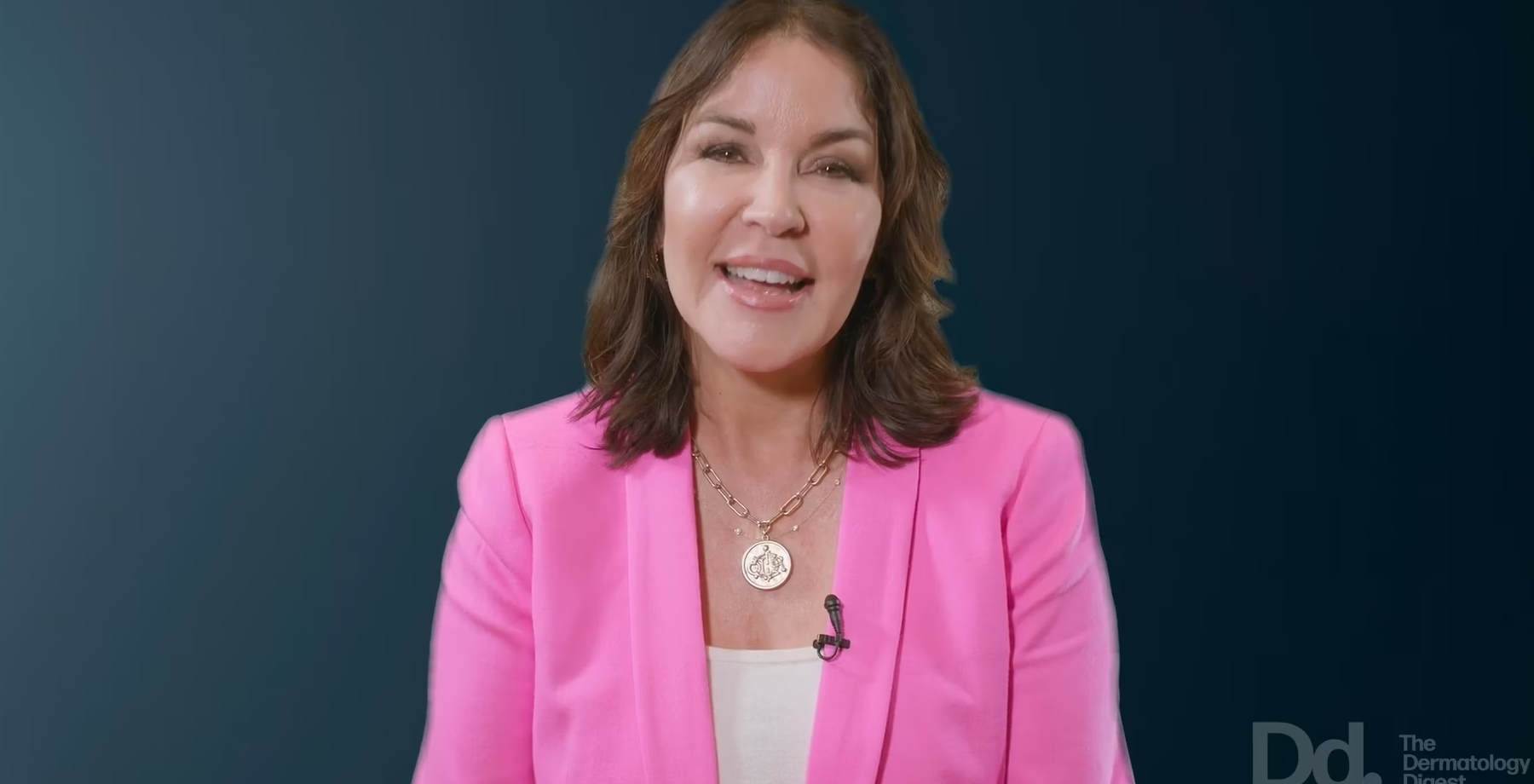By Julie Harper, MD
The pathogenesis of acne is complex and often requires a combination of different topical and/or oral medications to achieve clearance. I regularly devise unique treatment plans for my patients that take into consideration the mechanism of action of the drug, the efficacy, the tolerability, patient preference, and the cost and accessibility to the patient. I am grateful to have many effective tools in my acne armamentarium, and I hope that I continue to have more effective, safer, easier to use and better tolerated products in the future. As far as I can tell, we haven’t completely solved the acne problem; we need innovation in this space to continue to treat acne better and to eliminate permanent physical and psychosocial scarring.
I am concerned that the recent American Academy of Dermatology’s “Guidelines of Care for the Management of Acne Vulgaris” have just placed a major roadblock to any innovation in this space. Two of only four medications in the guidelines that are branded products have no available generic, clascoterone cream (Winlevi, Sun Pharma) and oral sarecycline (Seysara, Almirall). Both received a conditional recommendation based on cost alone. (The other two are topical minocycline and trifarotene (Aklief, Galderma), and they are grouped together with other topical antibiotics and topical retinoids respectively.) Topical antibiotics and topical retinoids were given a strong recommendation as a category. Clascoterone and oral sarecycline had higher certainty of evidence than all the other topical and systemic agents aside from isotretinoin. Nevertheless, the guidelines say “Despite high certainty of benefits over risks based on clinical trial evidence, the work group voted on a conditional recommendation due to concerns about the high current cost of clascoterone/sarecycline treatment that may impact equitable acne treatment access. The conditional recommendation may be revised in the future pending changes in treatment cost.”
The last published guidelines were in 2016. Maybe in eight years we will see a change in this recommendation. I am afraid that what we will see in eight years is that we are using the same drugs that we are using right now with absolutely no forward movement at all.
I have worked with industry for many years, and I regularly teach, lecture, and publish about the benefits of both branded and generic drugs in acne. I realize that my work with industry may disqualify me from this discussion by some: I am considered biased (or worse). But not working with industry does not eliminate bias. In fact, I believe there is an equal or greater amount of bias against industry. We need our industry partners and so do our patients. Is drug pricing a problem in our country? Yes. But singling out these two branded products, that successfully went through the U.S Food and Drug Administration (FDA)-approval process to bring innovation to the acne space, based on cost alone is short-sighted and does not ultimately fix the drug pricing problem. Instead, it enables another industry, the insurance industry, to limit access to these drugs that might really benefit my patients.
Most of the information in the new acne guidelines is data driven and helpful and I recognize and appreciate the hard work of the authors. However, I am concerned about the overreach of these conditional recommendations and the long-term impact it will have on my ability to really care for and manage acne in my patients.
About the author
Julie Harper, MD is a dermatologist in Birmingham, AL, the Past President of the American Acne and Rosacea Society and a member of the Dermatology Digest’s Editorial Advisory Board.

TDD EDITOR TED ROSEN, MD, REACTS:
Ted Rosen, MD, is a Professor of Dermatology at Baylor College of Medicine in Houston and the Medical Editor of the Dermatology Digest.
“The point is well made by Dr Harper. However, the other side of the coin is this: why don’t drug companies endorse realistic prices? You can make the same amount of money by selling one Bentley with a high-profit margin or 10,000 Fords with a low-profit margin. Why Do clascoterone (Winlevi, Sun Pharma) and sarecycline (Seysara, Almirall) have Good Rx prices of about $600 for a 60 g tube and more than $1000 per month, respectively? On the other hand, BOTH drugs have co-pay assistance cards which reduce the actual commercial price rather dramatically. For example, Seysara MAY cost $15-175 monthly and Winlevi MAY cost $20-90 per tube. The patient (or physician) has to do a little searching to find these discount cards and the patient has to be covered by commercial insurance and/or use specific pharmacies for optimal savings. Bottom line? There is usually a route to secure most branded medications at a reasonable out-of-pocket cost. This was clearly not taken into account when these guidelines were formulated. Thus, lowering the level of recommendation based solely on cost is not consonant with existing reality. “


